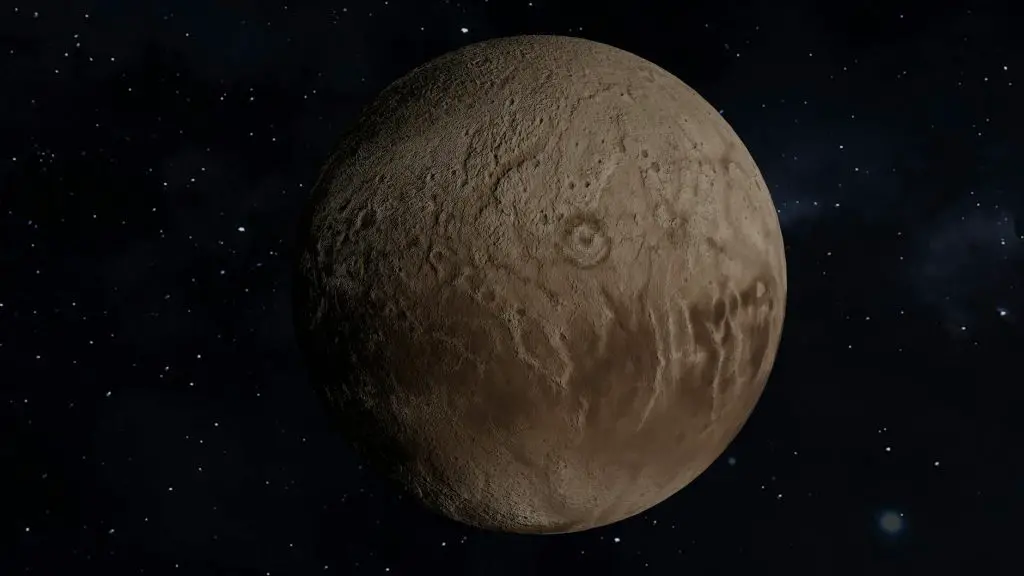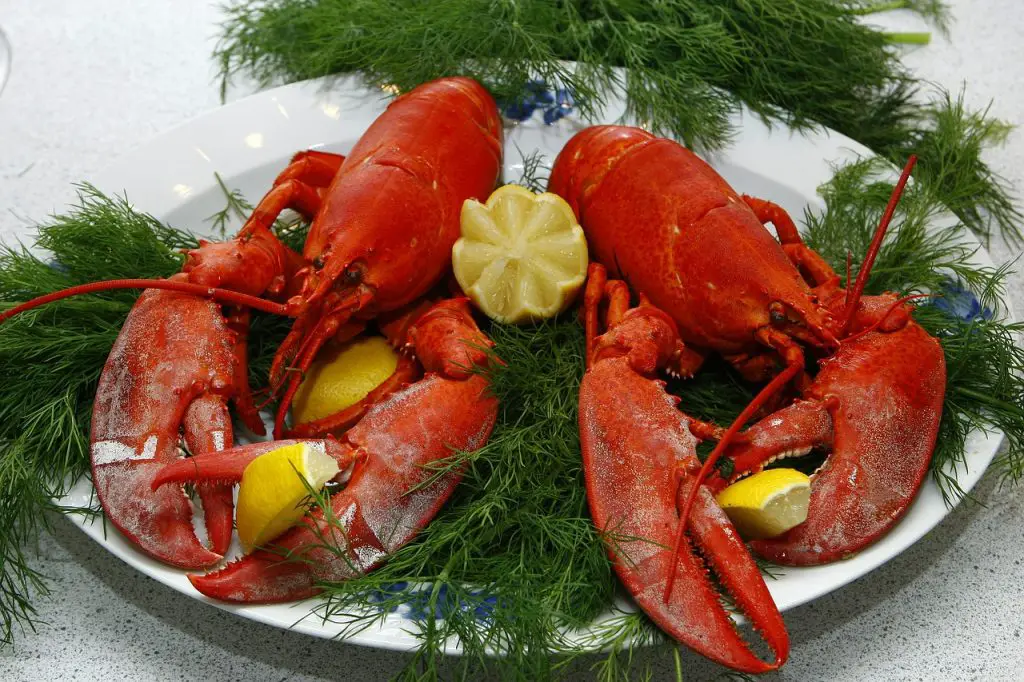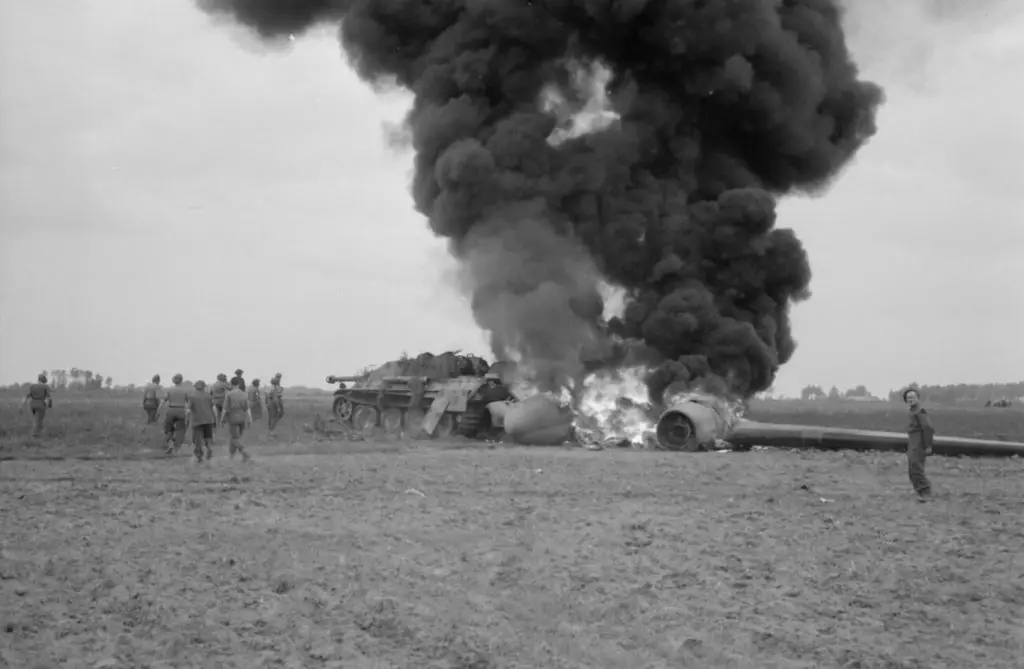 he mtDNA study in 2016 of Finnic people as part of the largest world population mtDNA study ever and who never left today’s Finland after 52,000 years living and breeding there made them absolutely unique – in essence their very own NOBLE tribe. They lived on the then-frozen island (named 2,500 years ago by Pytheas) Ultima Thule of which the Karelia Region in Finland above the Arctic Circle, had a habitable location, because of the warm current extension (Finnic Noble Current) of the Gulf Stream circling this island.
he mtDNA study in 2016 of Finnic people as part of the largest world population mtDNA study ever and who never left today’s Finland after 52,000 years living and breeding there made them absolutely unique – in essence their very own NOBLE tribe. They lived on the then-frozen island (named 2,500 years ago by Pytheas) Ultima Thule of which the Karelia Region in Finland above the Arctic Circle, had a habitable location, because of the warm current extension (Finnic Noble Current) of the Gulf Stream circling this island.
Up there then they could see the Cosmic sky with the Atlas North Pole Star encircled by the Ursa Major and Ursa Minor and of course the Aurora Borealis Magic Light phenomena.
We of course now know and the TIFR (NASA) of India confirmed, that these Finnic Noble People were the first – due to cold dark climate producing high animal protein food – the first Humans to gain the cognitive skill of liturgical rote speech, before 26,000 years ago.
This first language Proto-Finnic-Sanskrit (PFS) would orally record passing down to the coming generation their observations, that have proven their existence, location, and time.
Then 20,000 years ago the great Ice sheets stopped their advance, and by 19,000 years ago had risen more than 10 meters which is more than if Greenland with its extension warm circulating Irminger Current and some habitable locations would melt today.
This freshwater flood filled the North Atlantic and also shut down the ocean currents that conveyed warmer water from equatorial regions northward. The equatorial heat warmed the precincts of Antarctica in the Southern Hemisphere instead, shrinking the fringing sea ice and changing the circumpolar winds.
As a result the waters of the Southern Ocean begun to release carbon dioxide, enough to raise concentrations in the atmosphere by more than 100 parts per million over millennia, roughly equivalent to the rise in the last 200 years.
That CO2 then warmed the globe, melting back the continental ice sheets and ushering in the current climate that enabled humanity to thrive.
The big Nordic, Baltic and British ice sheet extended south as far as Poland and Germany while also covering almost all of Denmark. At the same time in the eastern regions, the ice spread into the territory of today’s Russia about 300km west of Moscow, and some northern parts of Belarus. Along the Ocean – then called Aethiopian but today the Atlantic Ocean after the Atlas North Star – ice coverage stopped before reaching the Basque Region on the border of today’s Spain and France.

One of the most dramatic impacts of the melting was the formation of the enormous Fleuve Manche. This was a mega-river network that drained the present-day Vistula, Elbe, Rhine, and Thames rivers, and the meltwater from the ice sheet itself, through the Seine Estuary and into the North Atlantic.
At some points during the European drainage or deglaciation, this river system had a discharge twice that of the Amazon today. Based on our latest reconstruction of this system, we have calculated that its catchment area was similar to that of the Mississippi. It was certainly the largest river system to have ever drained the Eurasian continent.
The vast reach of this catchment meant that this mega-river had the capacity to contribute enormous volumes of cold freshwater directly into the North Atlantic, enough to have severely modified the Gulf Stream of course a major climate influencer.
Also, the sea level rise and the colossal amounts of meltwater discharged from the collapsing ice sheet meant that areas that were previously above sea level eventually became seabed.
Britain and Ireland, which had been joined to Europe throughout the last ice age, finally separated with the flooding of the English Channel around 10,000 years ago, with Doggerland disappearing underwater.
As the ice retreated, our Finnic Noble people, speaking PFS, advanced first time 19,000 years ago south. The Noble people remaining another 7,000 years would have their PFS evolve to PFU or Proto-Finnic-Uralic.
The PFS-speaking Noble people would first stop in today’s Lithuania – where today Lithuanian speakers fully understand spoken Sanskrit with visitors from India.
Next, the PFS Noble Finnic would advance to Ukraine, Georgia, Iran, and Tibet where today the Bon Monks at Mount Kailash are direct descendants since 18,000 years ago when Bon recorded their arrival.
One small part of the Finnic tribe would advance from Georgia to the Basque region 18,000 years ago where they together with the already present recently arrived African Grimaldian people would start their DNA exchange.
Something the next wave of Finnic people 7,000 years later would continue more properly,12,000 years ago. This is the European Race since then.
From there in Tibet the main Finnic tribe would continue south along rivers Saraswati and Ghaggar to their outlets in the Arabian Sea, where on Seven Islands together with the Dravidians they would construct the First Vedic Democratic Civilization lasting for 5,000 years ago, interacting with the African Aethiopian likewise also advanced civilization, whereas Homo Sapiens both the now White Noble Finnic and the now Tanned Trading Dravidians had exited Africa as Black Homo Sapiens 60,000 years ago.
Atlantic / Eden the Vedic island paradise would be known and Aksum / Meroë the African cousins habited.
This island paradise would be destroyed in a giant flood from melting snow in the Himalayas just the same way impacted by the Antarctic Cold Reversal 14,500 to 13,000 years ago as Northern Europe was, with Atlantis / Eden sinking into the Arabian Sea.
But before the flood these two tanned and white peaceful tribes would exchange their DNA and their nomenklatura literati would become the First Jewish tribe as Plato told us, who would flee first by ship to Turkey then Georgia but ultimately to Aksum in Africa and Aethiopia.
The ice reconstruction provides a fascinating image of a changing Europe during the time that prehistoric humans came to populate the continent. The environmental challenges they met must have been spectacular.
We always knew that Europe had a very unusual history of colonization because one major haplogroup – the M clade – is almost entirely missing, despite being very common across Asia and even found in Native Americans. Instead, another major haplogroup – the N clade – is most common.
As proven above the initial colonization of Europe and Asia involved the same ancient Finnic Noble population – and the M group was actually lost in Europe much later, because of the 7,000-year gap between the two Finnic migrations this way connected to the later upheavals 12,000 years ago.
This explains why there is no evidence of the earliest modern humans in Europe contributing to the genetic composition of present-day Europeans, all individuals descended from a single founder population which forms part of the ancestry of present-day Europeans.
During the major warming period 12,000 years ago, a genetic component related to present-day Near Easterners became widespread in Europe. These results document how population turnover and migration have been recurring themes of European prehistory because the Finnic Noble people advanced East to the Ural Mountains, South to Hungary, and West to the Basque region.
Livonians are a great example who speak a language closely related to Finnish and Estonian, and more distantly to Hungarian. It is a member of the Finnic-Ugrian family of languages, which along with the Samoyedic languages forms the Uralic language family that stretches from The Ultima Thule east across northern Siberia and south to Central Europe where Hungarian is spoken.
The Finnic people much later would found a fur trading post in today’s Ukraine known as Kievan Rus (Rus in Sanskrit means on the water) which consisted of today Ukraine, Belorussia, and Russia, to trade with Byzantium the East Greek Roman Empire in Constantinople.
We shall later describe how the Silk Road connected China from 130 BCE to 1453 CE when the Muslims conquered Constantinople and started the Christian age of Colonization. Also how horses exported this way to China would create the Mongol Golden Hordes of Genghis Khan who in 1223 CE brutalized this Kieva Rus and contributed to Moskva Rus separating but only under Ivan the Terrible in 1547 becoming an Empire but losing the Livonian Empire also founded by the Finnic people.

Tom V. Wilen is a former globetrotting President & COO of publicly traded multi billion Jim Beam Co, with experience from more than 150 countries worldwide. After a 30 year career where often also delivering many speeches about diversity and global issues, at distinguished forums to expert audiences, he was asked to join CUNY Baruch College as Professor there teaching MBA students on global strategy and transnational management.
A lifetime devoted and inquisitive lecturer of culture, he commenced his true_history project twenty years ago to pursue in conjunction with his network of professionals, to reveal the true history of humankind, wherever it would take him.
His focus was on climate research, symbols and orally passed down stories by indigenous and other peoples stories who had not been given a fair attention, by the victors and powers who wrote our history, dismissing them as folklore or myth – until Triquet island outside BC in Canada, proved a 14,000 year old, and to-date the oldest presence in North America of indigenous people





